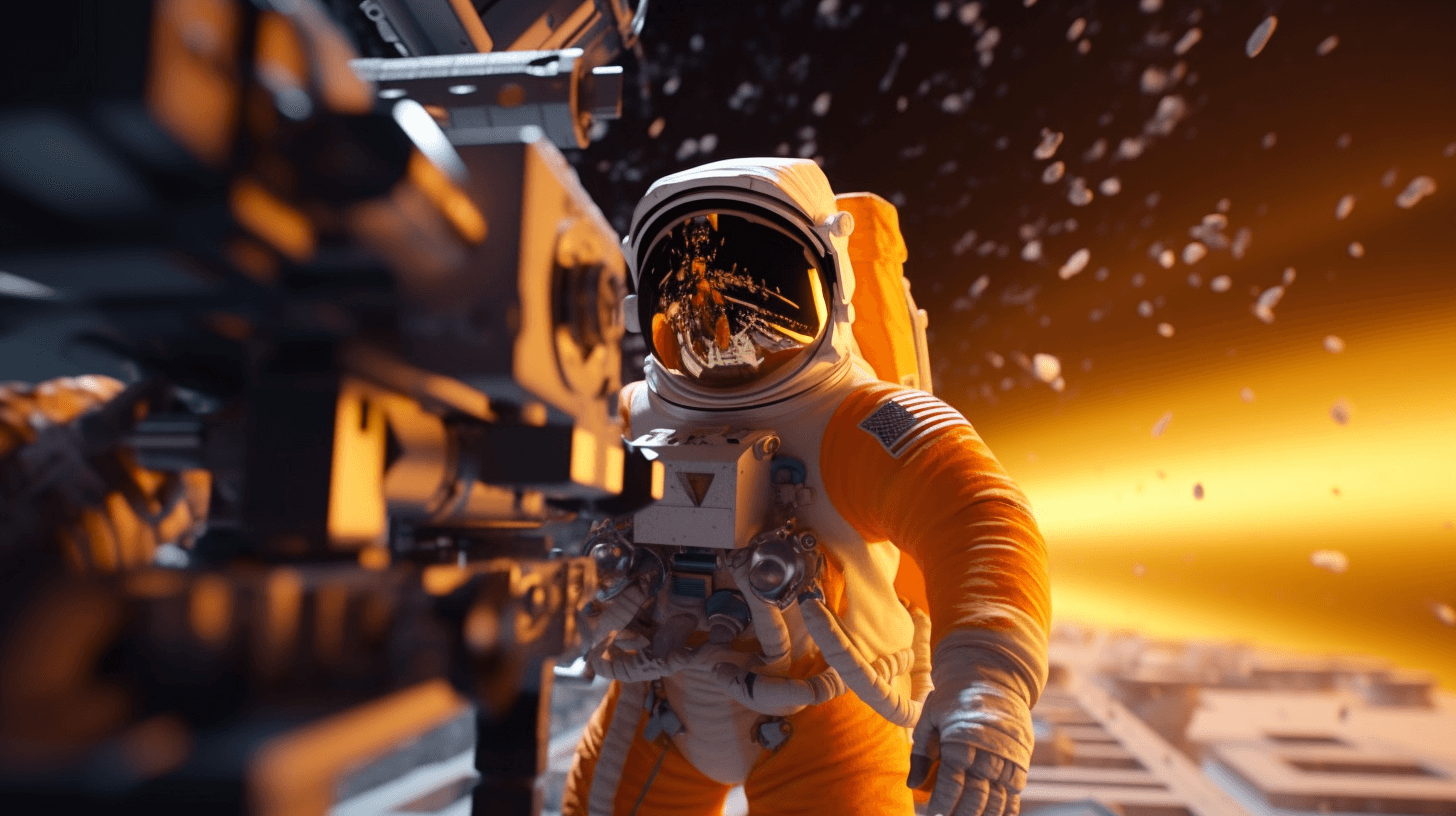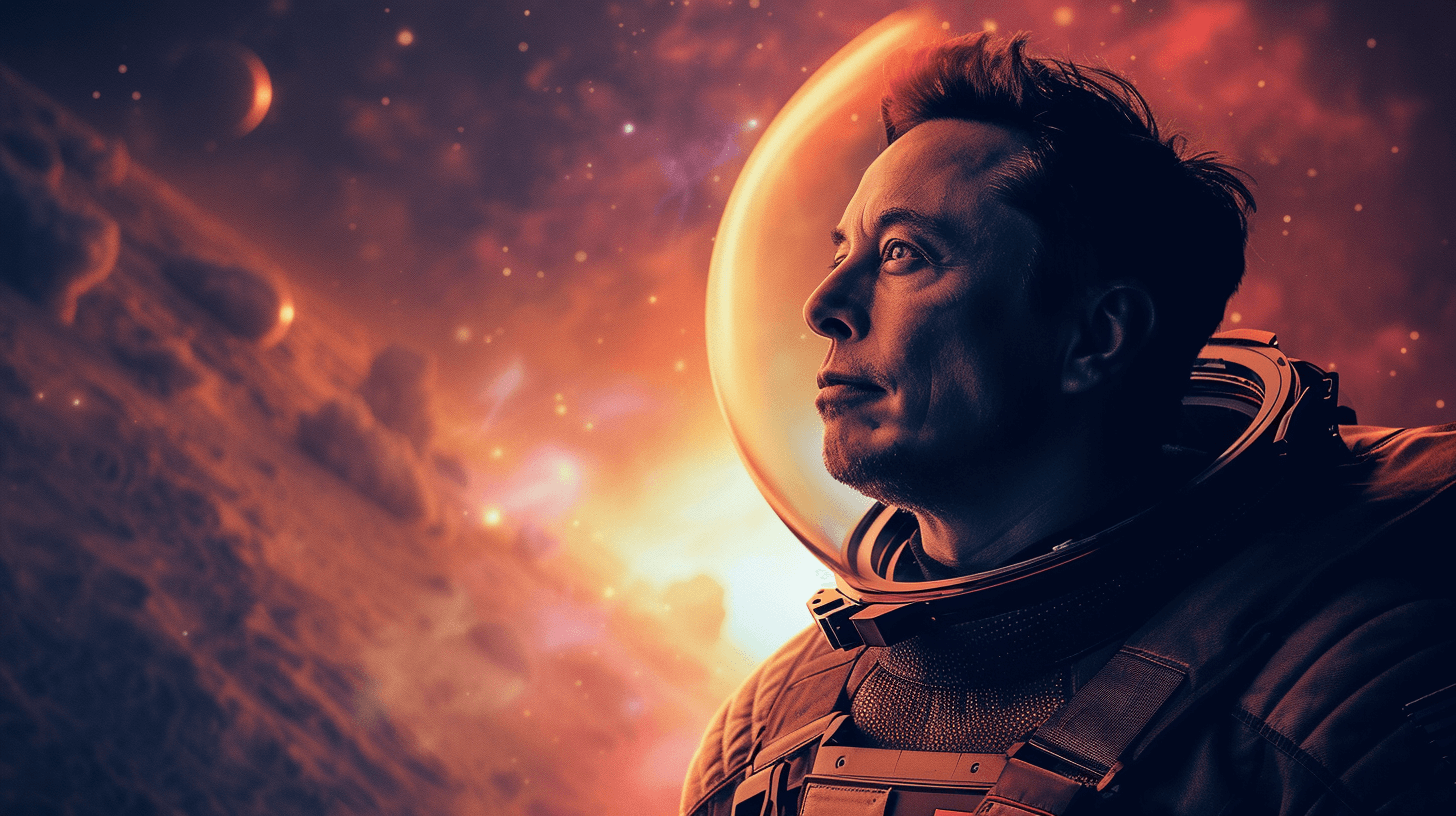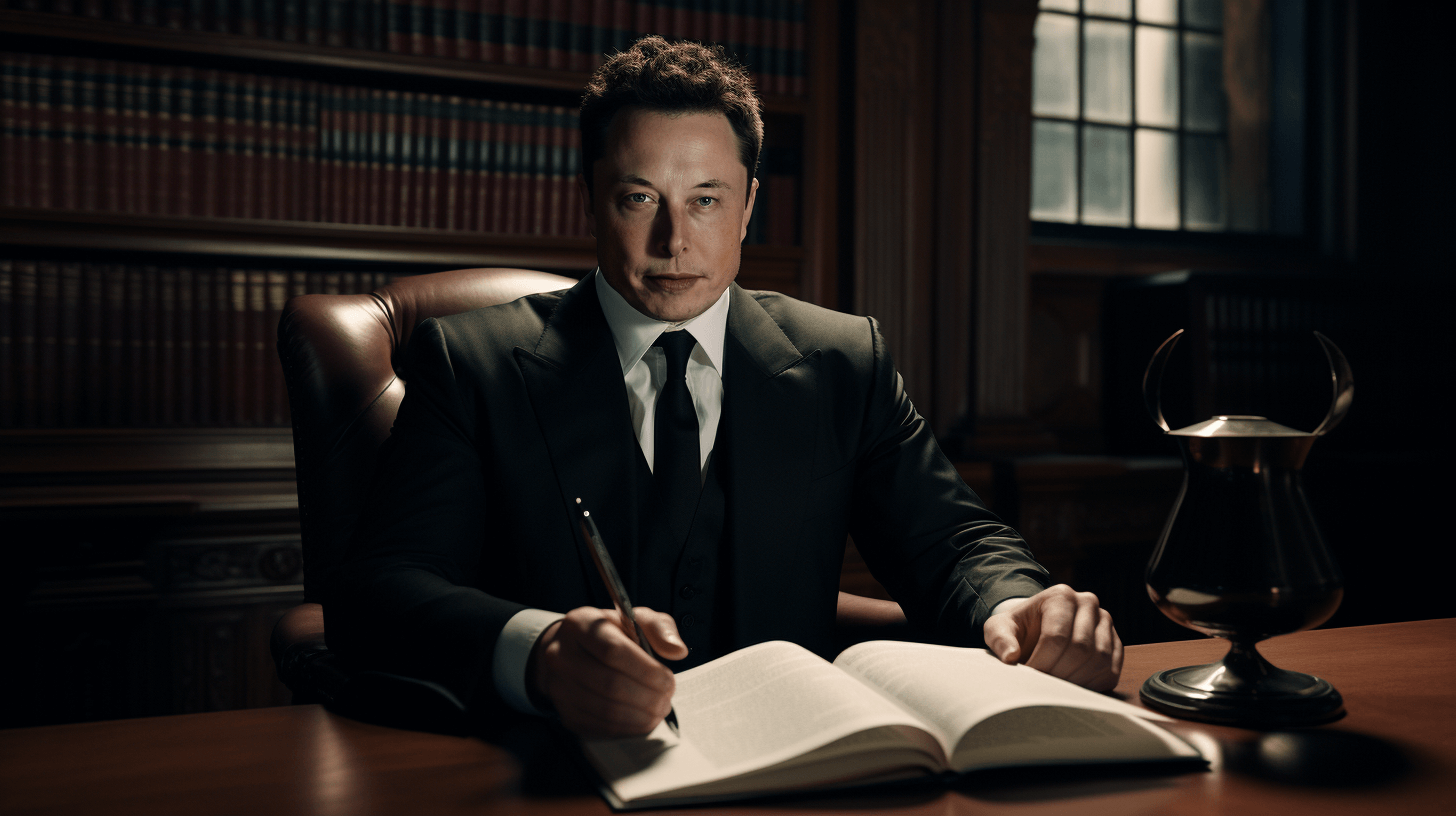🚀🌌 Boeing An’ NASA Hold Off On Sending Da Starliner Astronaut Spaceship
Bumbye, Boeing an’ NASA wen’ make choke noise on top one press conference Thursday dat da first crewed flight fo’ da Starliner spacecraft to da International Space Station, wea supposed to take off on July 21, gotta wait small kine. 📅🌏
Two NASA astronauts, Suni Williams an’ Butch Wilmore, gonna need fo’ hold tight couple months or even mo’ fo’ their test flight on top da Starliner capsule. Dis decision wen’ come afta da engineer guys wen’ find two new kine issues wit’ da Boeing spaceship: one issue wit’ da parachutes, an’ potentially flammable tape dat covers da inside wiring. 🛸🔥
Dese technical problems stay da latest in one long line of hiccups dat been stoppin’ one astronaut from flying inside da capsule fo’ years now.
Why It Mattah: NASA needs two ways fo’ go orbit. 🔄🛰️
Fo’ go to an’ come back from da space station, right now NASA only can depend on SpaceX, da company dat Elon Musk wen’ start. SpaceX wen’ carry its first crew of astronauts to orbit in May 2020, on top its Crew Dragon capsule, an’ since den been lift eight more crews to da space station.
But NASA also wen’ hire Boeing fo’ build one capsule, so dat one can be one backup in case sometin’ go wrong wit’ da other.
“NASA really needs one second provider fo’ crew transportation,” said Steve Stich, da Commercial Crew Program manager at da agency, during Thursday’s press conference. 📡🚀
Background: Wat wen’ happen afta da space shuttle program.
Befo’, NASA wen’ rely on da space shuttle fo’ take astronauts to an’ from orbit. Wen’ dose vehicles wen’ retire in 2011, da agency had to depend on Russia’s Soyuz spacecraft, an’ did dat fo’ almost one decade.
Fo’ bring back its autonomy, da agency wen’ start one program, Commercial Crew, dat would rely on private companies fo’ build spaceships dat could carry astronauts on NASA missions. Mo’ den dat, NASA would become one customer of da companies, paying fo’ rides on da vehicles instead of owning dem all out like how dey did da space shuttles.
SpaceX is one of those providers, an’ Boeing supposed to be da other.
Boeing’s Starliner capsule wen’ fly to orbit two times already but no astronauts inside. Da first flight, in December 2019, was supposed to come befo’ one flight with astronauts inside. But bunch of software mistakes in space wen’ almost ruin da flight, so NASA wen’ call it one “high-visibility close-call” afta one investigation.
One second flight wit’ no crew in May 2022 wen’ go mo’ bettah. But dat was supposed to have happened in August 2021. Befo’ dat flight, engineers found dat valves in Starliner’s propulsion system wen’ jam up, so da vehicle had to come back from da launchpad an’ go back to da factory fo’ repairs.
All dese technical problems been one heavy load fo’ Boeing, which wen’ report $883 million in losses on top da vehicle up until October 2022.
But da company said dey not going abandon their bid fo’ build Starliner.
“Dere’s growing pains in developing one vehicle an’ flying one vehicle — we stay real close,” said Mark Nappi, da vice president and program manager at Boeing for Starliner. “Dis is just part of da business fo’ have dese kine issues.”
What’s Next: Boeing and NASA going assess da repairs. 🧑🔧🔧
Mr. Stich said it could be possible dat da Starliner might visit da space station dis fall, but dat all depends on how fast da problems with da parachutes an’ wiring can get fixed.
Afta re-entering Earth’s atmosphere, da Starliner capsule returns to Earth nice an’ easy unda three parachutes. Engineers discovered dat parts of da lines dat connect da spaceship to da parachutes could not handle da load from da capsule if only two out of da three parachutes wen’ work right. Boeing said in one statement dat they thinking about doing parachute testing befo’ another launch attempt would be scheduled.
Da wiring problem involves da hundreds of feet of tape wrapped around Starliner’s internal wiring. In some scenarios, da tape adhesive could catch fire. Mr. Nappi said dat engineers thinking about wrapping one different kind of tape around da original tape in areas where da fire risk stay da most high.
“You could say we disappointed because it means one delay,” Mr. Nappi said. “But da team is proud dat we’re making da right choices.” 🚀💥
So dat’s da big news, braddahs an’ sistahs. Stay tuned fo’ more updates on da Boeing an’ NASA Starliner. 🗞️🌺”
NOW IN ENGLISH
🚀🌌 Boeing and NASA Hold Off on Starliner Astronaut Spacecraft Launch
In an unexpected turn of events, Boeing and NASA announced in a press conference on Thursday that the first crewed flight of the Starliner spacecraft to the International Space Station, originally scheduled for July 21, has been delayed. 📅🌏
NASA astronauts, Suni Williams and Butch Wilmore, will now have to wait several months or more for their test flight aboard the Starliner capsule. This decision came after engineers found two new problems with the Boeing spacecraft: an issue with the parachutes and a potential fire hazard with the tape covering the internal wiring. 🛸🔥
These technical issues are the latest in a series of setbacks that have prevented astronauts from flying in the capsule for years now.
The Importance: NASA needs two means to orbit. 🔄🛰️
To get to and from the space station, NASA currently relies on SpaceX, the company founded by Elon Musk. SpaceX carried its first crew of astronauts to orbit in May 2020, aboard its Crew Dragon capsule, and has since transported eight more crews to the space station.
However, NASA has also contracted Boeing to build a capsule, to serve as a backup if something goes wrong with the other one.
“NASA urgently requires a second provider for crew transportation,” Steve Stich, the Commercial Crew Program manager at the agency, said during Thursday’s press conference. 📡🚀
Background: What happened after the space shuttle program?
Previously, NASA relied on the space shuttle to carry astronauts to and from orbit. When these vehicles were retired in 2011, the agency had to depend on Russia’s Soyuz spacecraft for nearly a decade.
To regain its autonomy, the agency initiated a program, Commercial Crew, that would depend on private companies to build spacecraft capable of transporting astronauts on NASA missions. Furthermore, NASA would become a customer of these companies, paying for rides on the vehicles instead of owning them outright like the space shuttles.
SpaceX is one of these providers, and Boeing was supposed to be the other.
Boeing’s Starliner capsule has flown to orbit twice already without astronauts. The first flight in December 2019 was supposed to be followed by a flight with astronauts. But a series of software errors in space nearly jeopardized the flight, leading NASA to label it a “high-visibility close-call” after an investigation.
A second unmanned flight in May 2022 was more successful. But it was originally supposed to occur in August 2021. Before that flight, engineers discovered that valves in the Starliner’s propulsion system were stuck, forcing the vehicle to be withdrawn from the launchpad and returned to the factory for repairs.
These technical issues have been a significant burden for Boeing, which reported $883 million in losses on the vehicle up until October 2022.
Nevertheless, the company affirmed that it has no plans to abandon its Starliner project.
“There are growing pains in developing and flying a vehicle — we’re very close,” said Mark Nappi, the vice president and program manager at Boeing for Starliner. “These kinds of issues are just part of the business.”
What’s Next: Boeing and NASA will assess the repairs. 🧑🔧🔧
Mr. Stich suggested that it might be possible for the Starliner to visit the space station this fall, depending on how quickly the issues with the parachutes and wiring can be resolved.
After re-entering Earth’s atmosphere, the Starliner capsule returns to Earth gently under three parachutes. Engineers discovered that parts of the lines connecting the spacecraft to the parachutes could not handle the load from the capsule if only two of the three parachutes deployed properly. Boeing stated they are considering doing parachute testing before another launch attempt is scheduled.
The wiring issue involves hundreds of feet of tape wrapped around Starliner’s internal wiring. In some scenarios, the tape adhesive could be flammable. Mr. Nappi indicated that engineers are considering adding another type of wrapping around the tape in areas where the fire risk is greatest.
“You could say we’re disappointed because it means a delay,” Mr. Nappi said. “But the team is proud that we’re making the right choices.” 🚀💥
So that’s the big news, folks. Stay tuned for more updates on the Boeing and NASA Starliner project. 🗞️🌺







